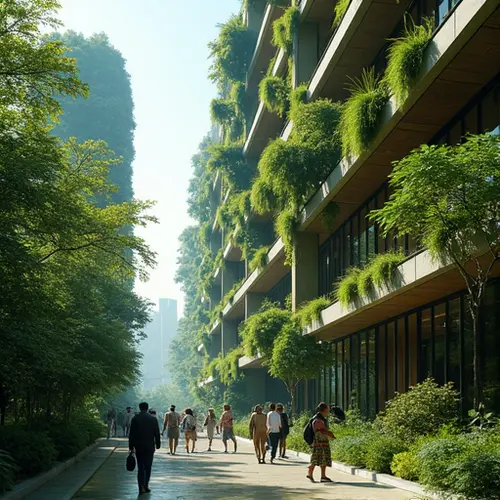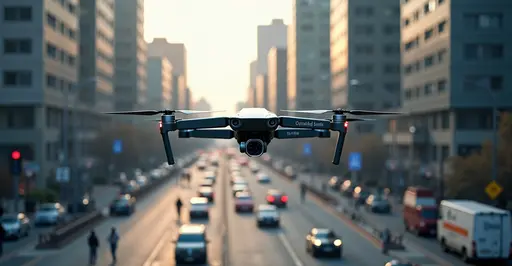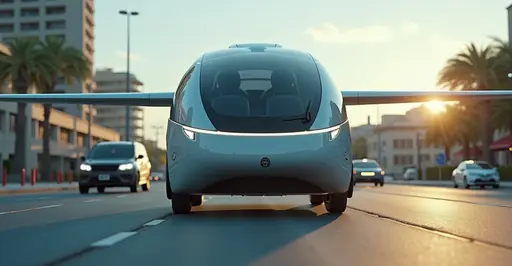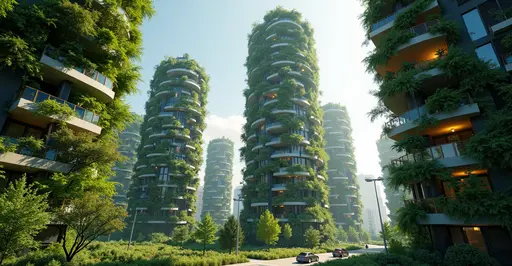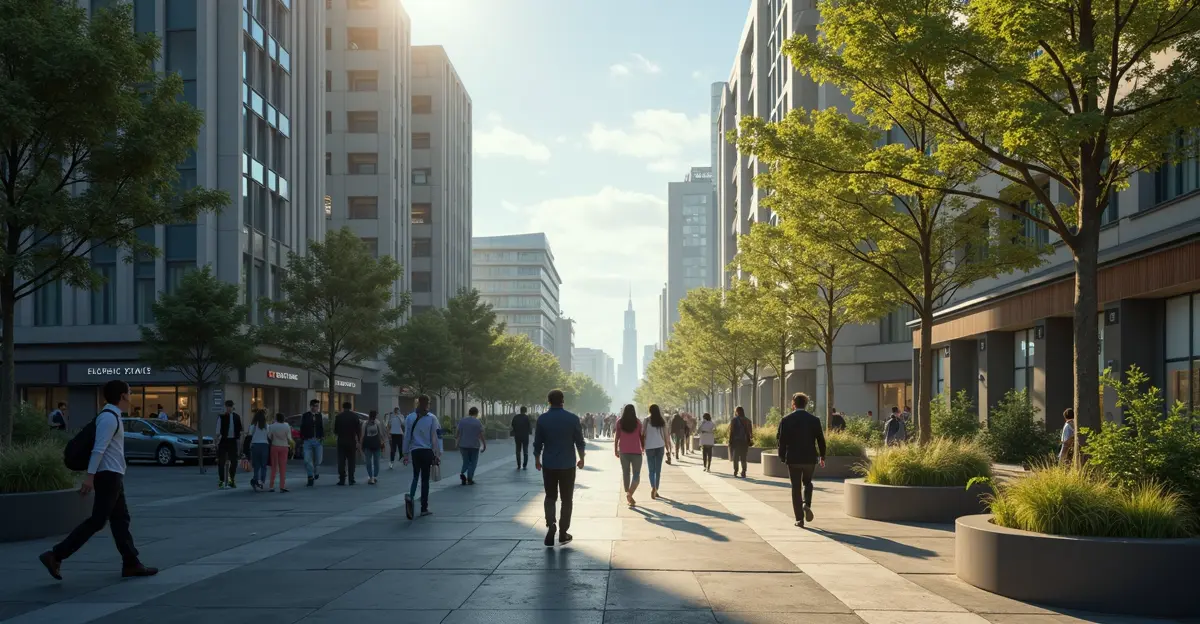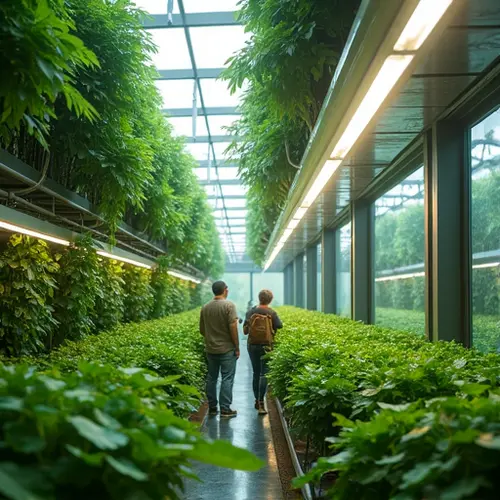
Growing Up Instead of Out
Vertical farming is transforming agriculture by growing crops in stacked layers within climate-controlled environments. Unlike traditional farming, this method uses hydroponics, aeroponics, and LED lighting to create optimal growing conditions year-round. By 2025, over $500 million in global grants is accelerating innovation in urban food production.
How It Works
These high-tech farms eliminate soil, using nutrient-rich water or mist systems instead. AI-controlled sensors monitor temperature, humidity, and light levels, while specialized LEDs mimic sunlight spectra. Crops like lettuce, kale, and basil thrive in these conditions, with some facilities producing yields 10x higher than conventional farms.
2025 Breakthroughs
Recent advancements include:
- Energy-efficient LEDs reducing power consumption by 40%
- Blockchain integration for farm-to-table traceability
- Automated harvesting robots increasing efficiency
- Strawberry and tomato cultivation in vertical systems
Major grants from USDA, EU Horizon Europe, and Singapore's 30×30 initiative are funding projects that address urban food deserts. "We're seeing 90% water reduction compared to traditional agriculture," says Dr. Kenji Tanaka of Tokyo Vertical Farms.
Benefits and Challenges
Vertical farming offers:
- 95% water savings
- Zero pesticide use
- Year-round production
- Urban food security
However, high startup costs and energy demands remain hurdles. New solar-integrated facilities in the Netherlands aim to achieve carbon neutrality by 2026.
What's Next
Researchers are expanding crop varieties to include legumes and root vegetables. As cities like Singapore target 30% local food production by 2030, vertical farms will become essential infrastructure. With precision agriculture platforms like Farmonaut optimizing yields, this technology could feed millions without sunlight or soil.

 Nederlands
Nederlands English
English Français
Français Deutsch
Deutsch Español
Español Português
Português



